Part of the Venetian Lagoon, close to Lido and home to the Venice Film Festival is an island, the history of which is spread across hundreds of years and involves some incredible stories. Atop some 25,000 square meters of land are a number of buildings and structures with roots reaching down to the Middle Ages. Following a decision by the Senate of the Serenissima Republic in 1423, an island was chosen where the world’s first plague-treatment hospital or leprosarium would be erected. The name of that island was Lazzaretto Vecchio.
The label derives from the dedication of this isle to St. Mary of Nazareth, effectively becoming known as Nazaretum. But this piece of land was also located pretty close to the island of St. Lazarus and over time, the name changed from Nazaretum to Lazzaretto.
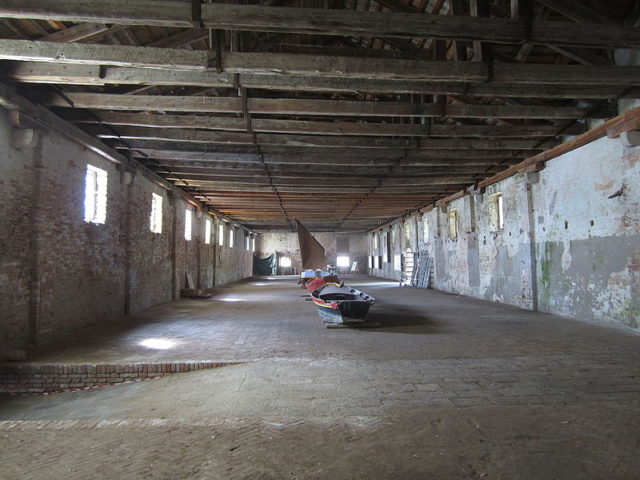
There were two islands named Lazzaretto: the one with the hospital became known as Lazzaretto Vecchio (“old”) and the other where the quarantine was located was named Lazzaretto Nuovo (“new”).
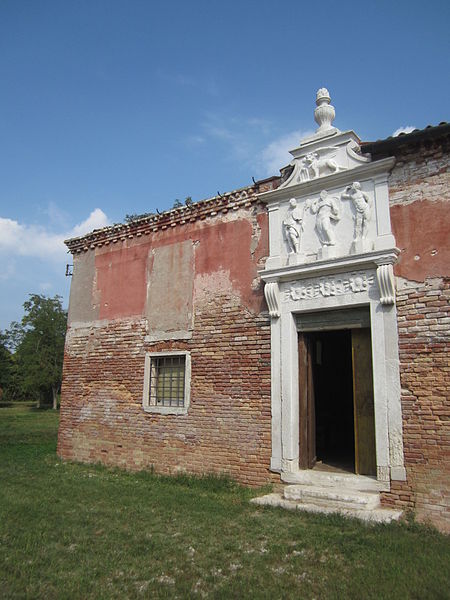
The plague itself requires little introduction. It was responsible for the death of millions and according to some statistics around half a thousand people died every single day. With such an enormous death toll something had to be done, which is where the island of Lazzaretto comes in.
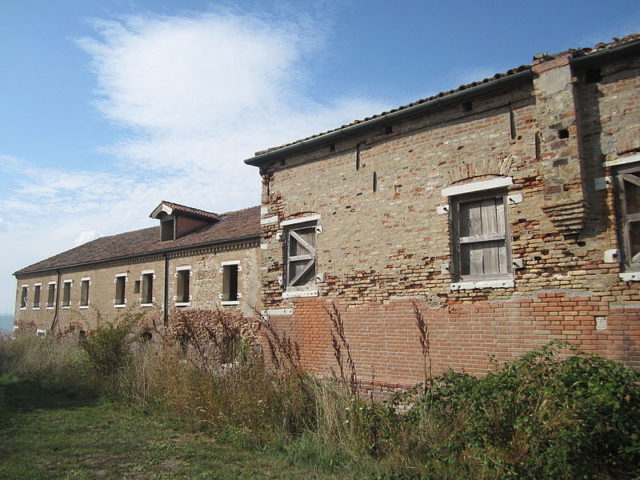
According to a number of archaeological excavations, Lazzaretto Vecchio had some pretty rough times back in the days. Recently, a mass grave was uncovered in which the bodies of some 1,500 individuals were buried. “Workers came across the skeletons while digging the foundation for a new museum on Lazzaretto Vecchio,” write news.nationalgeographic.com in their article “Mass Plague Graves Found on Venice ‘Quarantine’ Island.”
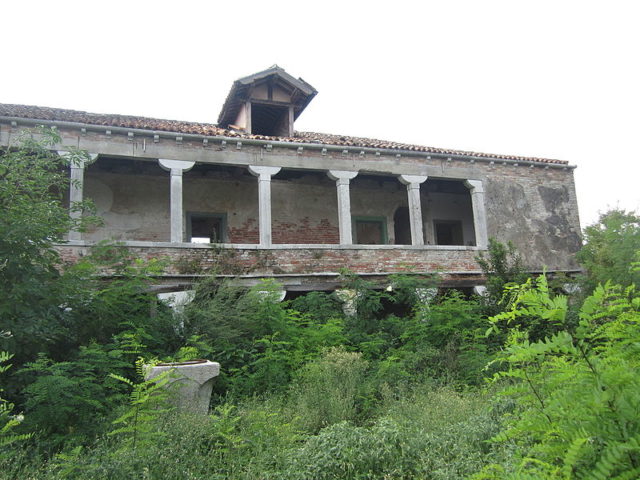
This archaeological evidence demonstrates how important this island was, for once the plague broke out in Venice, every man, woman, and child that displayed the symptoms of this foul disease was almost instantly send off to this island. Here, day in and day out, they fought with the horrendous disease, pain, and suffering the plague caused.
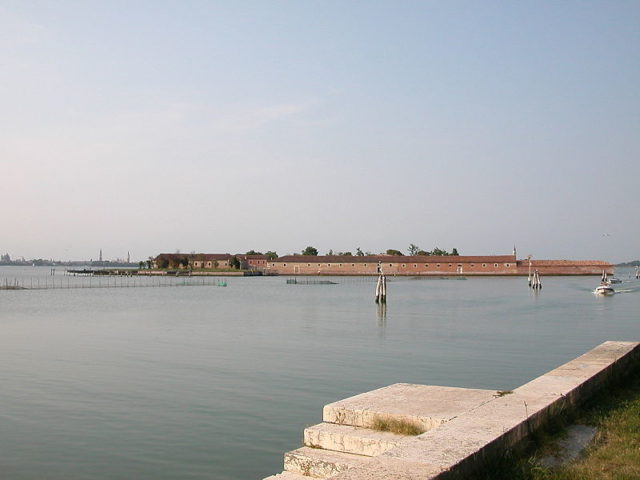
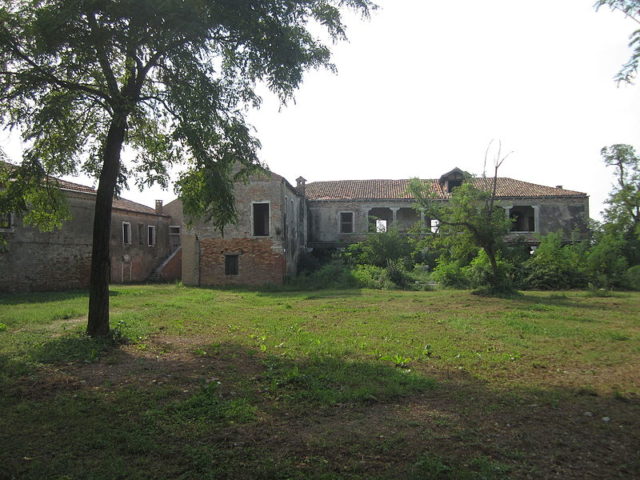
By the end of the bubonic plague in Venice, the city had lost around a third of its population. Symptoms of the plague included swollen lymph nodes, headache, vomiting, muscle cramps, seizures, and gangrene. Italy, in general, was severely hit by plague: Verona lost as much as of 60% of its population, while Milan lost 46%.
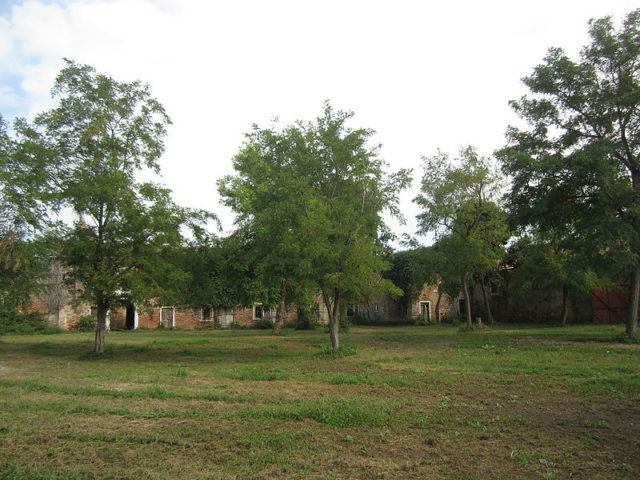
At the beginning of the 19th century, this island was now used as a military depot. It was during this period that some of the most important structures such as the bell tower and the church dating from the 15th and 16th century were demolished. The island continued to be used for military purposes up until 1965. During this period, it served as dog pound for well over 30 years.
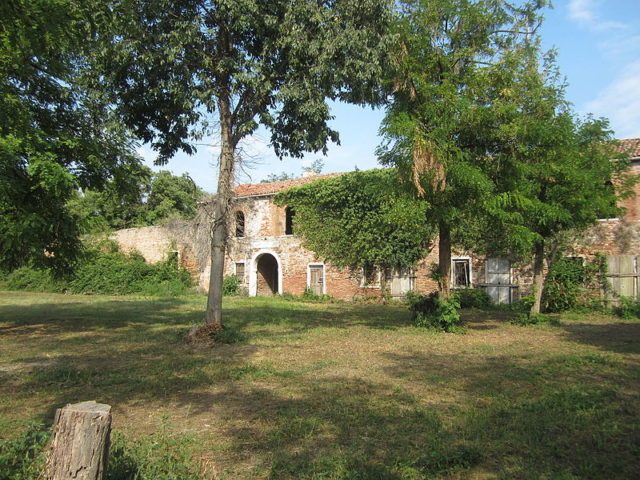
Given its important historical past, the Ministry of Cultural Heritage, in collaboration with the Ministry of Public Works, set out in 2008 to preserve as much as possible from this island. A great number of roofs and walls of some of the structures were renovated. However, the project was ultimately canceled. Now the island was faced with the real threat of abandonment.
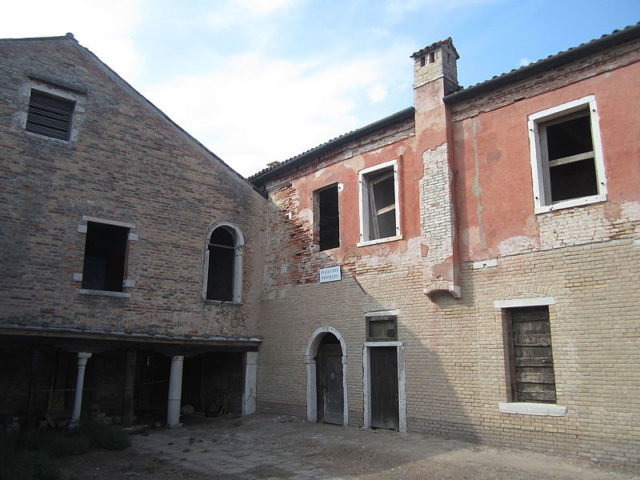
Later in 2013, some funds were allocated through a number of contributions from the Archeoclub of Venice, already an active part of the restoration at Lazzaretto Nuovo, to establish a number of scholastic summer camps. For now, the island remains abandoned and its structures and buildings are deteriorating by the day. A great number of them lost their roofing and nature is slowly claiming this island.
